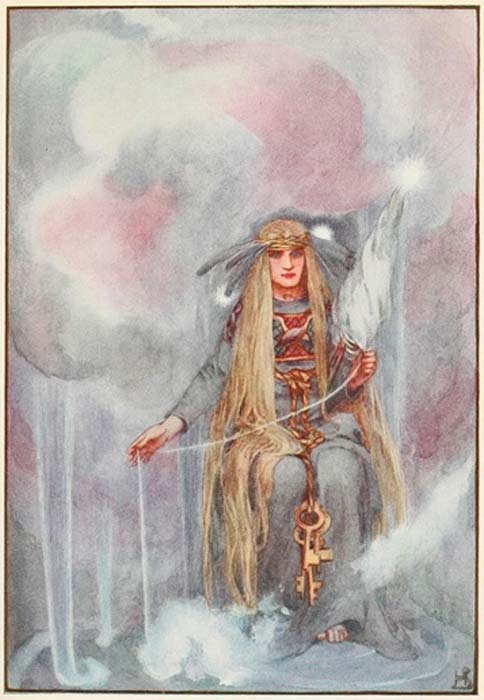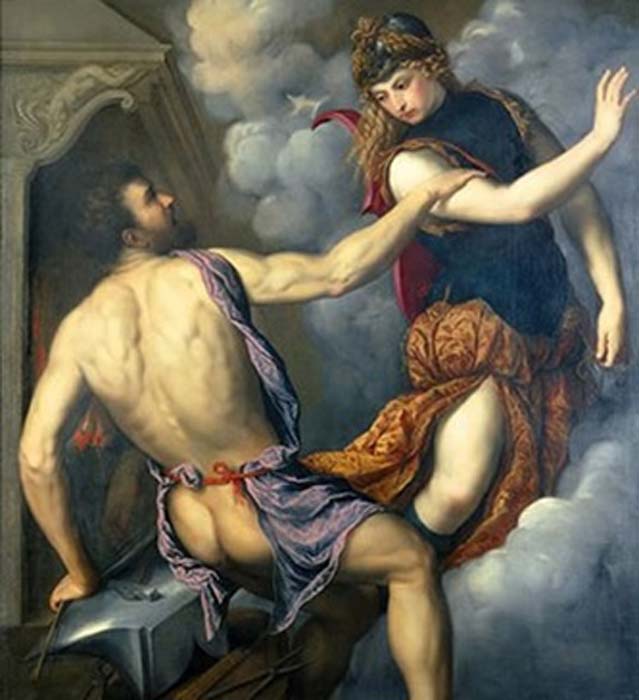
Did Blondes Have More Fun in the Ancient World?
In the period of the 1930s to 1950s, Hollywood saw the emergence of many blonde actresses. Epithets such as ‘screen siren’ or ‘cinematic goddess’ were attached to the most popular blonde actresses of the day. The visual effect of film lights bathed and luminated these women, streaming through and falling on them, enveloping them in a ‘translucent glow’. By the magic of cinematic lighting, pale skin and blonde hair were made to imitate the closest approximation of what the viewers’ imagined goddesses would look like.

Freyja, Queen of the Northern Gods. Illustration in A Book of Myths by Helen Stratton (1915) (Public Domain)
Blonde Divinity and Royalty
The clumsy pairing of blonde hair with divinity goes back a long way. Two of the Norse goddesses, Sif and Freyja are described to be blondes. Sif was known for her golden hair, which symbolizes fertility and prosperity in agriculture, and was described as the most beautiful of women. Freyja, the goddess of love, beauty and fertility, was also said to be the fairest of all goddesses. Freyja had blonde hair and blue eyes.
To represent her youth, innocence and fertility, the Virgin Mary has been predominantly been painted as a blonde since the 15th century. In politics, Queen Marie Antoinette and the king’s mistress, Madame de Pompadour posed as invincible deities with blonde wigs so tall that they towered above everybody else.

A medieval blond Virgin Mary by Gnadenbild Mariahilf (Passauer Gnadenbild) (1517 – 1525) (Public Domain)
The ancient Greeks also manifested a fascination with blond hair. The Greek goddess of love, Aphrodite, was often described as golden-haired and portrayed with this color hair in art. The poet Sappho of Lesbos (circa 630 - 570 BC) praises Aphrodite for her golden hair, stating that since gold metal is free from rust, Aphrodite’s golden hair represents her freedom from ritual pollution. She also wrote that purple-colored wraps as headdress were good enough, except if the hair was blond: "...for the girl who has hair that is yellower than a torch [it is better to decorate it] with wreaths of flowers in bloom." Choral lyric poet Alcman of Sparta praised golden hair as one of the most desirable qualities of a beautiful woman and describes ‘the girl with the yellow hair’ and a girl ‘with the hair like purest gold’ in various poems.





